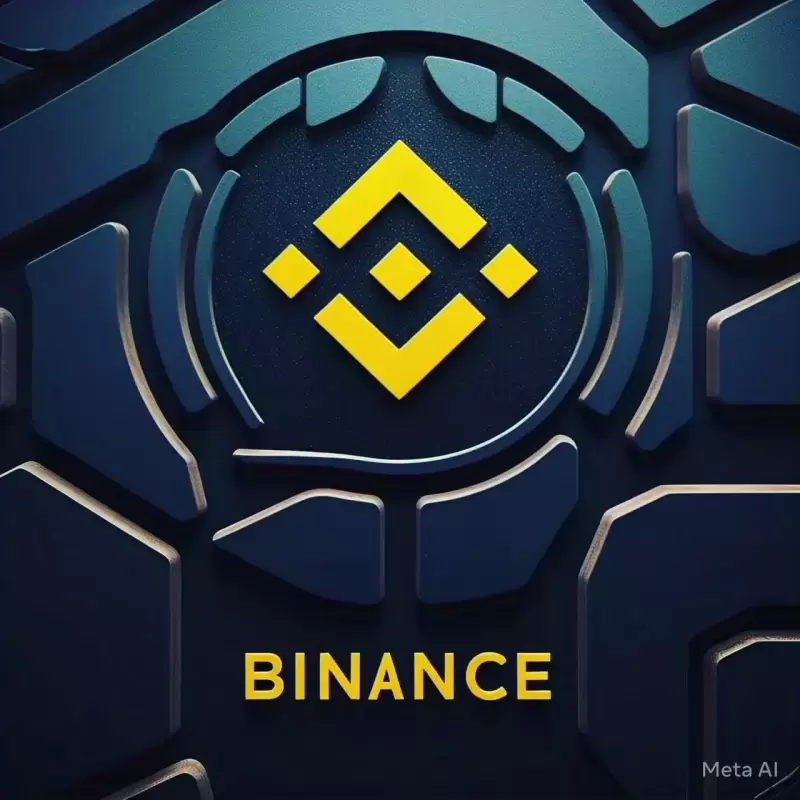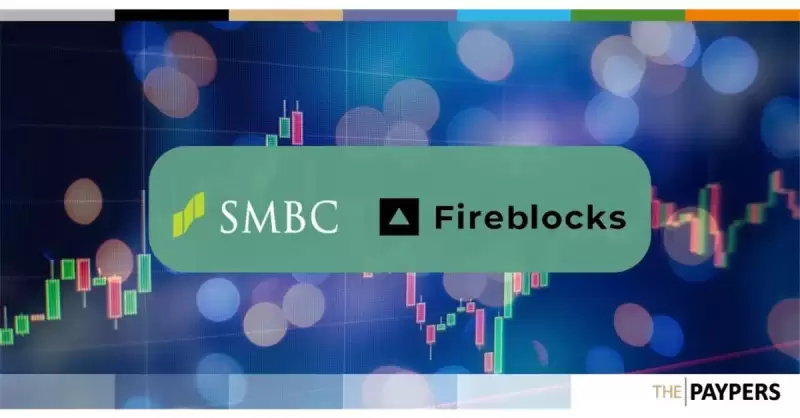 |
|
 |
|
 |
|
 |
|
 |
|
 |
|
 |
|
 |
|
 |
|
 |
|
 |
|
 |
|
 |
|
 |
|
 |
|
Cryptocurrency News Articles
The race to reimagine the global financial landscape is going into overdrive
Apr 02, 2025 at 07:05 pm
As banks continue to struggle with legacy systems that trap billions of dollars in idle capital all over the world, blockchain technology provides an alternative infrastructure

The race to reimagine the global financial landscape is going into overdrive, with traditional financial institutions falling over themselves in a mad scramble to integrate blockchain with their existing financial rails.
As banks continue to struggle with legacy systems that trap billions of dollars in idle capital all over the world, blockchain technology provides an alternative infrastructure for finance that’s faster and more efficient. By fusing blockchain with traditional finance, they’re hoping to eliminate the friction and bureaucracy that costs millions of dollars annually in terms of settlement delays and reconciliation headaches, and in the process they’re fundamentally transforming how money moves.
Early blockchain initiatives are no longer just an experiment, they’re already playing host to billions of dollars’ worth of institutional capital. According to a report by Research & Markets, the global market for FinTech Blockchain is projected to hit $49.2 billion by 2030, revealing a huge flow of money into digital assets.
At Davos 2025, Bank of America Chief Executive Brian Moynihan expects crypto to become just another payment system.
“If you go down the street here and buy lunch, you could pay with Visa, Mastercard, a debit card, Apple Pay, and so on,” he said. “In that sense, cryptocurrency would just be another form of payment.”
Incredibly, this shift is continuing at breakneck speed despite the relative novelty of crypto assets and the lack of clear regulations around them. Because crypto exists in a legal grey zone, numerous exchange platforms and DeFi protocols have indulged in risky practices in the past, putting their users at risk. This has long been one of the major factors encumbering institutional adoption due to the uncertainty it creates.
But necessity is the mother of innovation, and the crypto industry has been rushing to embrace numerous kinds of regulations and guidelines, securing licences that legally oblige them to follow transparent practices and protect their user’s funds at all times. These early movers are paving the way for institutions to adopt crypto by embracing accountability and increasing safety for those who want to deal with crypto assets.
Building Compliant On-Ramps
One of the biggest sticking points for digital assets has always been onboarding. Traditionally, buying and selling meant visiting an unregulated exchange platform that writes its own rulebook, sometimes with disastrous consequences for their customers.
That’s changing with Transak, which offers more effective crypto on-ramp and off-ramp services that can satisfy even the most hesitant traditional financial institutions. It enables users to buy and sell crypto for fiat at the click of a button, and its services can be integrated into almost any kind of business application via an API.
Transak, which supports multiple payment methods and hundreds of cryptocurrencies, does this in a way that’s secure and compliant with dozens of global regulations, as evidenced by the array of licenses and compliance certifications it has obtained in some of the world’s most important financial markets. For instance, it became the first crypto on-ramp to secure SOC 2 Type 2 Certification and more recently it has obtained U.S. Money Transmitter Licenses (MTLs) in Illinois and Missouri, joining the Delaware MTL it secured last year.
It’s also registered with the Financial Transactions and Reports Analysis Centre of Canada (FINTRAC) as an official Money Services Business (MSB), and has similar licenses in the EU, U.K. and India. In addition, it’s working with the Hong Kong government through its Asia Pacific headquarters to ensure compliance with local regulations there.
Transak isn’t alone in trying to provide compliant on-ramps for digital assets. The Crypto.com platform is arguably the most licensed traditional exchange platform in the world.
Crypto.com stands out from other exchanges because it also offers traditional stocks, fractional shares and ETFs, among other investment vehicles. To offer these, it had to ensure compliance with all manner of regulations. For instance, its derivatives trading options are governed by the Commodity Futures Trading Commission.
In recent years, it has leveraged its close relationship with regulatory bodies to expand its compliance to digital assets, and earlier this year it was able to launch what it says is the first “institutional-grade” crypto asset exchange in the U.S., backed by multiple licenses including Broker-Dealer Registration, Designated Contracts Market (DCM) license, Money Services Business Registration and Money Transmitter Licenses in multiple U.S. states. Its platform caters to institutions globally, with additional licenses including the Class 2 Crypto-Asset Service Provider License (MiCA) certification in the EU and Crypto-Asset Business Registration in the U.K.
Secure Settlements & Tokenized Assets
There are few companies that have done more to get traditional banks to explore blockchain than Ripple, the custodian of the XRP cryptocurrency that’s designed for international settlements.
Founded way back in 2012, Ripple provides digital asset infrastructure for financial services, aiming to modernize the traditional finance sector where banks still play a central role. Its XRO ledger is customized
Disclaimer:info@kdj.com
The information provided is not trading advice. kdj.com does not assume any responsibility for any investments made based on the information provided in this article. Cryptocurrencies are highly volatile and it is highly recommended that you invest with caution after thorough research!
If you believe that the content used on this website infringes your copyright, please contact us immediately (info@kdj.com) and we will delete it promptly.
-

-

-

-

- PayPal just added support for two new cryptocurrencies in the US—and it could be huge for altcoins!
- Apr 03, 2025 at 07:15 pm
- Unless you consider reading PayPal's help center a hobby, you probably missed the addition of Solana ($SOL) and Chainlink ($LINK) to its list of supported cryptocurrencies in the US and its territories.
-

-

-

-

- Ozak AI Stands Aside as a Project with Real-world Applications, Leveraging Artificial Intelligence to Convert Blockchain Technology
- Apr 03, 2025 at 07:05 pm
- Hype-driven tokens frequently dominate the market, attracting waves of speculative buyers chasing brief income. Meme coins, specifically, have built a popularity for explosive increase observed by similarly dramatic crashes, leaving many traders with widespread losses.
-




























































